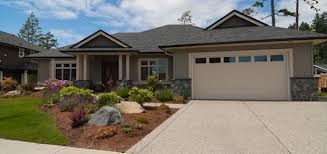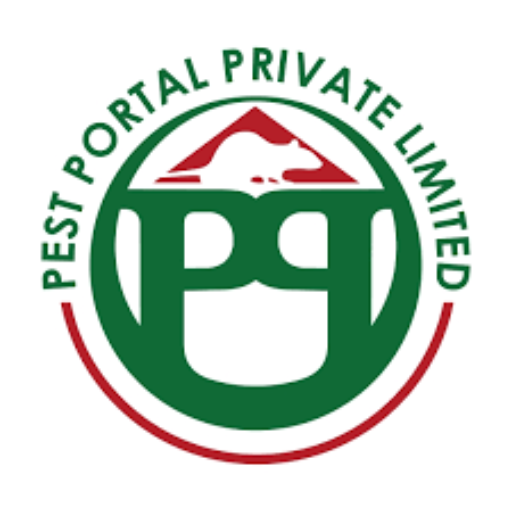
How Termites Cause Structural Damage to Structures in Zimbabwe
Worried termites shall cause structural damage to your property? At Pest Portal Zimbabwe, we offer effective termite control and mitigation. Call 0772593344 Today
Zimbabwe, with its diverse climate and abundant subterranean resources, provides a fertile breeding ground for various termite species. These insidious insects pose a significant threat to the structural integrity of buildings across the country, causing millions of dollars in damage annually. Understanding the mechanisms through which termites inflict this damage is crucial for effective prevention and mitigation strategies. This post delves into the specific ways termites compromise structures in Zimbabwe, focusing on the most prevalent species and their destructive habits.
The Termite Threat in Zimbabwe: A Diverse Cast of Destructors
Several termite species are responsible for the widespread structural damage in Zimbabwe. While the exact species composition varies geographically, some of the most significant culprits include:
Subterranean Termites (Isoptera): These are the most common and destructive termites in Zimbabwe. They live in large colonies underground, building extensive tunnel systems that extend into structures. The most damaging species often belong to the Macrotermes and Odontotermes genera. These termites are particularly adept at penetrating concrete foundations and brickwork, often undetected until significant damage has occurred.
Drywood Termites: While less prevalent than subterranean termites, drywood termites also cause considerable damage. They establish colonies directly within the wood itself, requiring less moisture than their subterranean counterparts. This means they can infest seasoned timber, wooden furniture, and even structural members that appear dry.
Dampwood Termites: These termites prefer moist, decaying wood. They are often found in areas with water leaks, poor ventilation, and decaying timber. While they may not be as prevalent as subterranean termites in the context of widespread structural damage, their presence can accelerate the deterioration of already compromised structural elements.
Mechanisms of Termite-Induced Structural Damage: How termites cause structural damage
Termites damage structures through a combination of factors, primarily:
- Wood Degradation: The primary method of damage is the consumption of wood components. Termites possess powerful mandibles capable of chewing through cellulose, the main structural component of wood. This weakens structural members such as beams, joists, floorboards, and roof trusses, leading to instability and potential collapse. The extent of damage is often hidden behind intact surfaces, making detection difficult until significant weakening occurs.
- Tunnel Construction: Subterranean termites construct extensive tunnel systems within and beneath structures. These tunnels, often made of soil particles and termite feces (frass), act as pathways for foraging workers to access food sources. However, the construction process itself can weaken foundations and walls, particularly in older or poorly constructed buildings. These tunnels also compromise the integrity of the structure, leaving it vulnerable to environmental factors like wind and rain.
- Moisture Contribution: Termite activity can inadvertently increase moisture levels within structures. The tunnels they construct, especially those of subterranean termites, can channel moisture into wooden components. This heightened moisture content not only accelerates the rate of wood decay but also creates a more favorable environment for fungal growth, further weakening the structural members.
- Foundation Compromise: The extensive tunneling activities of subterranean termites can seriously compromise the foundation of buildings. They can burrow through concrete, brick, and even mortar, undermining the structural support. This can lead to cracks in walls, uneven settling, and potentially catastrophic structural failure.
- Damage to Non-Wood Components: While wood is their primary food source, termites can also damage other materials, including plaster, drywall, and insulation. This can result in cosmetic damage and further compromise the overall structural integrity of the building.
Identifying Termite Damage in Zimbabwe:
Identifying termite infestations early is crucial for preventing extensive damage. Signs of termite activity include:
Mud tubes: These are characteristic pathways constructed by subterranean termites, often visible on walls, foundations, and around pipes.
Swarmers: Termite reproductives (alates) with wings, which appear during swarming season (typically after rain).
Frass: Fine, powdery sawdust-like material, indicative of drywood termite activity.
Hollow-sounding wood: Tapping on suspect wooden members can reveal hollow areas, indicating termite activity.
Cracks in walls and foundations: These can indicate underlying termite damage.
Sagging floors or ceilings: This signifies significant structural weakening.
Termite Prevention and Mitigation Strategies:
Effective termite control in Zimbabwe requires a multi-pronged approach:
Professional termite treatment: If an infestation is detected, it’s crucial to engage the services of a qualified pest control professional for effective treatment and eradication. At Pest Portal Zimbabwe we offer safe, affordable and professional termite control and treatment services to resdiential, commercial and industrial clients.
Pre-construction treatments: Soil treatments and wood preservatives can prevent termites from infesting new structures.
Regular inspections: Periodic inspections by qualified pest control professionals are essential for early detection of infestations.
Proper ventilation: Maintaining good ventilation reduces moisture levels, making the environment less attractive to termites.
Moisture control: Repairing leaks and ensuring proper drainage prevents moisture build-up that can attract termites.
Termite baits: These offer a long-term solution by eliminating the colony, rather than just treating the symptoms.
Conclusion
The cost of repairing termite damage can be substantial, often exceeding the cost of preventative measures. By understanding the destructive mechanisms of termites and implementing appropriate prevention and mitigation strategies, homeowners and builders in Zimbabwe can safeguard their investments and ensure the longevity of their structures. Investing in proactive termite management is an investment in the structural integrity and safety of your property.


